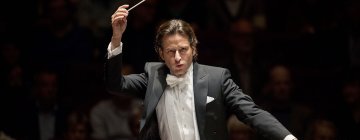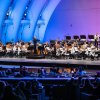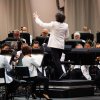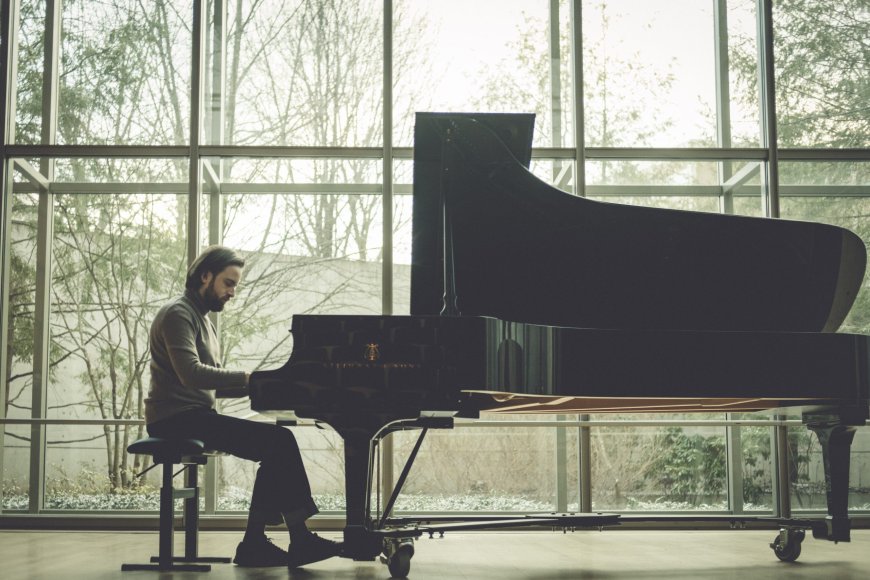
Time was when the summer doldrums weighed like a double-thick mattress upon the Hollywood Bowl during the sizzling month of August. With repertoire usually mired in routine, the Los Angeles Philharmonic would settle into a state of off-and-on laxity. The Bowl’s sound system and 1929-vintage shell distorted and echoed the results. Some discerning music lovers stayed away.
That was the Bowl of yesteryear — and a time traveler from then would marvel at the improvements that have been made since while taking comfort in what’s been preserved. Today’s 2004-vintage shell has the iconic look of the old one, but with the echoes gone and the fidelity of the amplification greatly improved. Most hearteningly, the LA Phil has been playing in virtually peak form in this month’s concerts, whether the repertoire is fresh or standard, like the works we heard during “Rachmaninoff Under the Stars” week (the title itself being a throwback to the ancient Bowl slogan, “Symphonies Under The Stars”).
Indeed, the Phil responded well to another rumored candidate for the top job soon to be vacated by Gustavo Dudamel: conductor and Air France pilot Daniel Harding. We last heard him lead a magnificently paced rendition of Richard Strauss’s Ein Heldenleben last November in Disney Hall, and he turned in another set of impressive performances on Tuesday night, Aug. 19, with equally big-thinking, über-Romantic works by Sergei Rachmaninoff.
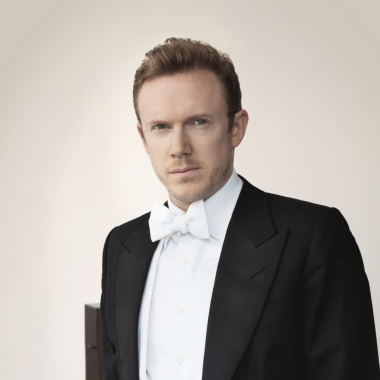
The first part of the evening could have been irreverently called the Daniel and Daniil Show, the latter being the Russian-born piano star Daniil Trifonov who took Harding on a mostly slow-moving journey through the Piano Concerto No. 2. Trifonov’s deliberate, rubato-laden playing did have an overarching structure. He carefully built toward the central climaxes of the first two movements, crouched over the keyboard like a stereotypical moody Russian. Principal clarinetist Boris Allakhverdyan did his part taking in the view, holding out the famously melting main tune of the second movement to near the breaking point. The third movement, though, rattled along at a more conventionally crisp clip, with explosive, unified tuttis by the orchestra marking the territory now and then.
If not totally convincing, it was nevertheless an involving performance. Trifonov’s encore was a tiny transcription, less than a minute long, of the polka-like Variation II (“The Silver Fairy”) from Act III of Tchaikovsky’s The Sleeping Beauty.
In the old days, the expansive Rachmaninoff Symphony No. 2 was almost always performed with cuts, but with the lengthier timespans that became acceptable when Gustav Mahler’s symphonies entered the mainstream, nowadays the work is done in full virtually all the time. It can be a long slog, especially in the discursively rhapsodic first movement, but Harding kept the line running clearly and tightly throughout, weaving it together. The scherzo went like the wind, but Harding allowed the orchestra just enough room to render the Adagio’s heart-soaked tune, the one that launched a thousand film scores, with taste and sweep. The Finale’s abundant share of hit tunes was shaped even more eloquently, surrounded by dashing passages that achieved instant liftoff.
Harding and company played the symphony again on Thursday night, Aug. 21, while Trifonov swapped the Second Concerto for the more treacherous (for the soloist) Third Concerto. All three pieces end with a similar dum-da-da-dum pattern on the tonic note. When you consider that these are probably Rachmaninoff’s most popular major works, this is akin to the composer’s signature on a check.
